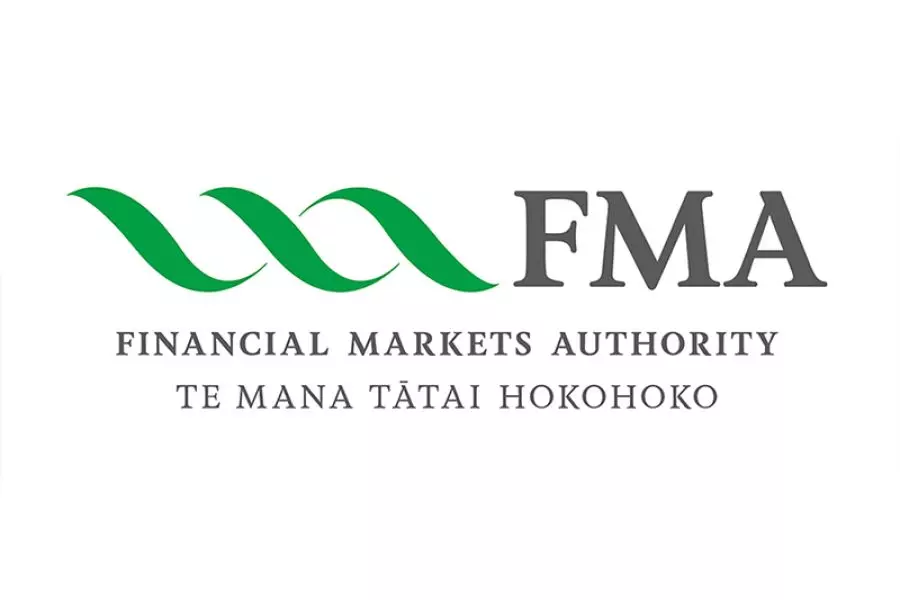News
Demand for rentals running hot

Thursday 23rd of January 2020
It’s the tight rental markets in Wellington and Auckland which tend to attract the most attention but demand for rental properties has jumped nationwide.
The number of enquiries on rental properties across the country was up by 17% year-on-year in December, according to the latest Trade Me Rental Price Index.
Trade Me Property’s Aaron Clancy says they saw unusually s...
Want to read the full article?
Click the button below to subscribe and will have unlimited access to full article and all other articles on the site.









![[The Wrap] Bye Bye Bayly](https://goodreturns.publit.io/file/c_fill,w_900,h_600/39f23ac1-f7c7-4854-b700-a150004ebbac.webp)